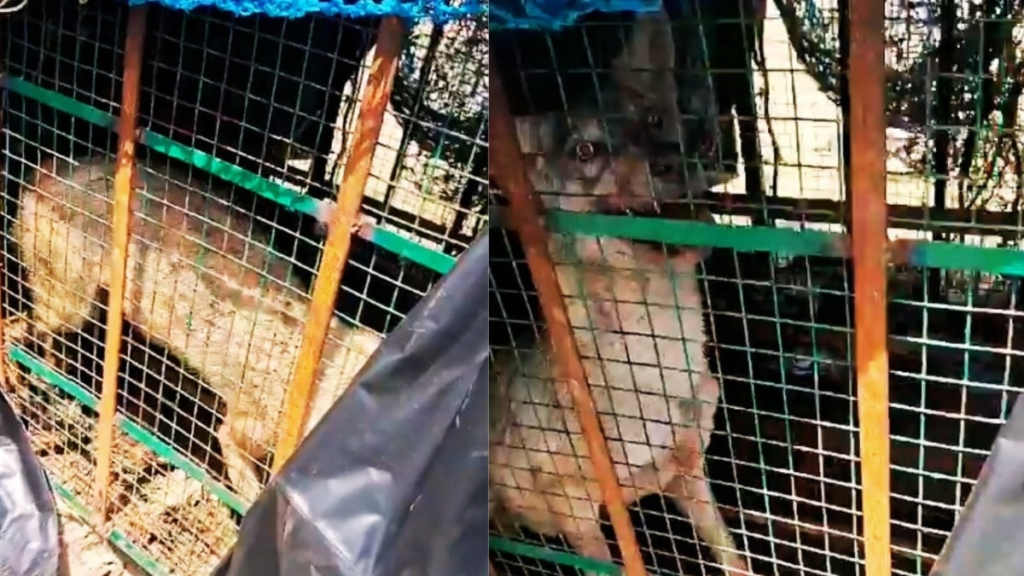Wolves have killed nine people and injured dozens in Bahraich, Uttar Pradesh. Due to which there is an atmosphere of panic in many villages for months. Wolves have been living in the forests, fields and flood plains of the Ghaghra river in this area for hundreds of years. So why are they attacking humans now? This needs to be understood. India Today’s Open-Source Intelligence (OSINT) team investigated this.
According to local media reports, between March and August 2024, wolves killed eight children aged 1 to 8 years and a 45-year-old woman in the Mahasi subdivision of Bahraich district. Our analysis shows they are concentrated in two areas. The first two attacks took place about 45 kilometres south-west of Bahraich city, while the second series of killings took place in a cluster of villages in the Mahasi subdivision, north of the centre of the district.
Another similarity is that all the villages targeted by the wolves are located just 2-5 kilometres from the Ghaghra riverbank. The animals appear to have moved within a radius of 30-32 kilometres. The killings began on March 10 in Mishranpurva village in the southern part of Bahraich and the latest kill was on Monday, August 26, in Diwanpurva, about 48 kilometres away. The first two attacks took place in March and then resumed on July 17 after a gap of 116 days. Since then, killings have been taking place every 4-14 days.
What is the reason behind the attacks?
Local forest officials have reportedly blamed flooding in the nearby forests for such deadly attacks. However, this argument does not seem to be correct as wolves live in grasslands and agricultural areas, where they can hunt small animals. Moreover, satellite images of the monsoon season do not show much flooding in the region between June and August.
Conservationist Yadvendradev Vikramsingh Jhala, known for his work on Indian wolves, says that a cross-breed of dog and wolf may be behind these attacks rather than a pack of wolves. He says that the predatory wolf may have learned that children are easier to target than adults or cattle. ‘Because in these areas of eastern UP, children often go to the fields.’
Yadavendradev Vikramsingh Jhala also blames the practice of cross-breeding wolves with dogs for the increasing conflict with humans. Jhala argues, ‘Wolves may have lost their fear of humans, which could make them dangerous if an encounter occurs.’ He cites an investigation of alleged wolf attacks in eastern UP in 1996, in which he said that wolves were not the real cause behind most of the deaths.
Saurabh Vashishth, a senior official of the Delhi Zoo, says that wolves attack humans when they feel threatened or when they cannot hunt smaller animals for food.
According to the International Wolf Centre, there were 4,400-7,100 wolves in India in 2020. The Indian wolf enjoys a high level of legal protection against hunting under Schedule 1 of the Wildlife Protection Act, 1972.
Source (PTI) (NDTV) (HINDUSTANTIMES)
